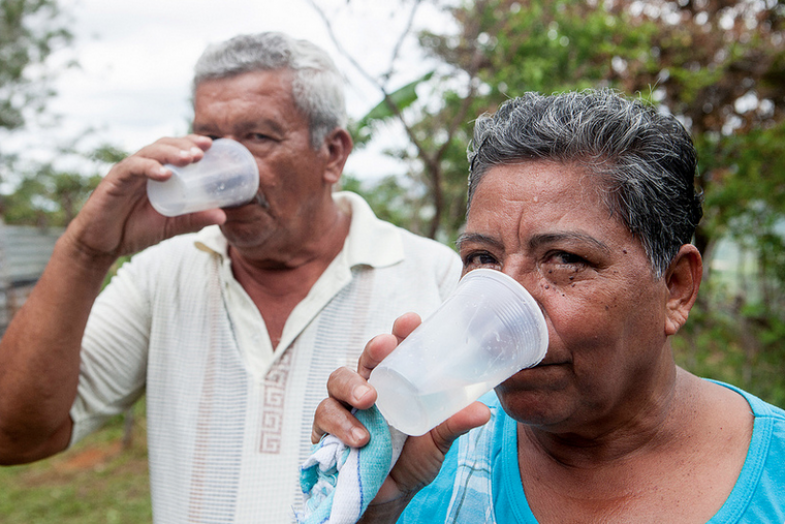Sure, we can treat drinking water in filtration plants before it pours out of your tap. Most cities do just that, some better than others. But with energy costs rising and watersheds in miserable shape, what does it take to work with upstream communities to ensure that the water doesn’t get contaminated in the first place? That’s the challenge that Our Water Commons, an On the Commons project, tackled during a recent conference.
At the end of May, Our Water Commons held a first of its kind gathering of Latin American water utility operators, municipal officials, state and federal agencies and watershed committee activists. Water utility representatives from Lima, Peru; Quito, Ecuador; and Medellin, Colombia were in attendance at the Blue Mountain Center in upstate New York.
The New York City partnership with upstate farmers is a well-documented case that offers lessons about how upstream source protection work can be equitably financed around the world. Albert Appleton, previous Water Commissioner of New York City, was also among the conference participants.
Our goal now is to contribute to improved watershed management and water services delivery by supporting initatives in Latin America that are breaking new ground in: 1) source protection, specifically public urban water utilities working on upstream source protection; 2) multi-stakeholder watershed stewardship coalitions, where public authorities’ participation is prominent; 3) experimentation with compensation for ecosystem services that preserves water as a common good and supports traditional rural livelihoods, and; 4) increasing access to water (by implementing rights to water and sanitation).
Soon a delegation from the conference will head down to our nation’s capital to share recommendations with the World Bank, USAID and others.
Stay tuned here at On the Commons to read about the conference’s findings on integrated urban-rural water management.
—

